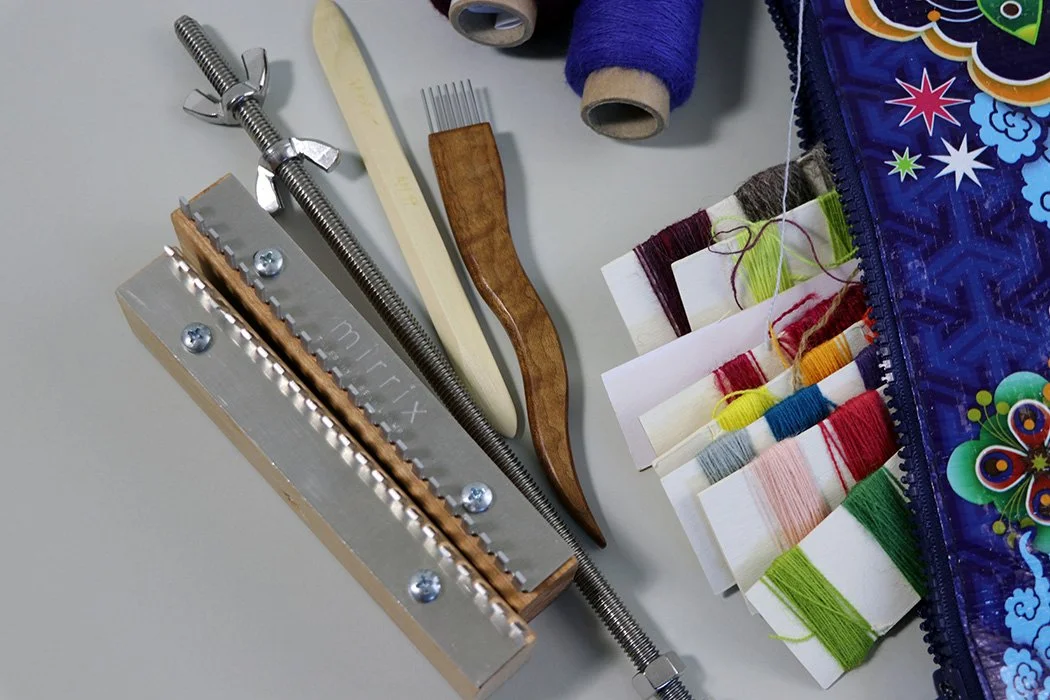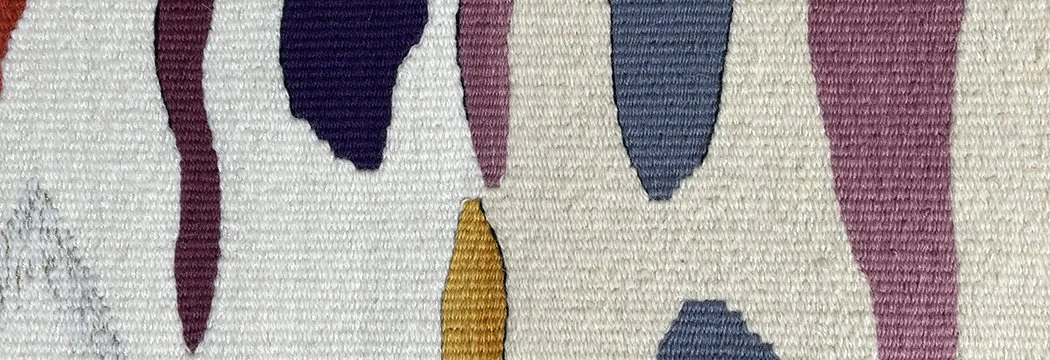I’ve been doing Change the Shed for one year and almost 10 months now. I started this free live program at the beginning of the coronavirus pandemic. There are now over 70 episodes and I’ve really enjoyed communicating with other tapestry weavers about what we’re working on and talking some about whatever my current project is.
The clip below was just one moment from today’s meet-up. I was explaining how I often use an eccentric outline to shift the shed when adding just one butterfly. It is a good example of the sorts of things I talk about on this program.







